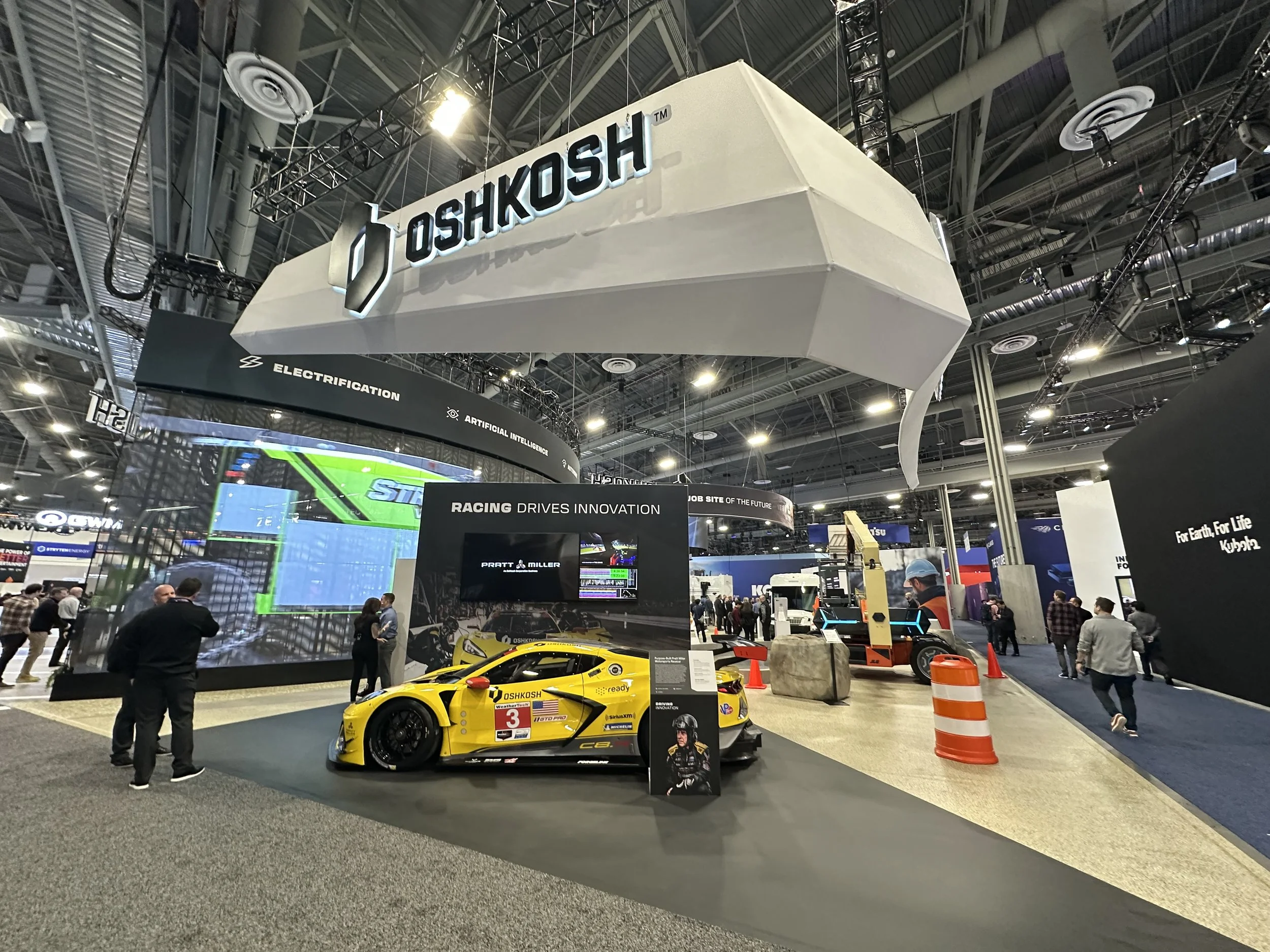The Psychology of Trade Show Engagement: What Keeps Visitors?
Image from CES 2025
One may compare exhibiting at a trade show to swimming against the current of competing brands. At these gatherings, powerful people in the industry get together to showcase, demo, and generalize about their latest products. The challenge is not to capture consumers' attention, since hundreds of brands are already competing for it, but to hold it long enough to elicit genuine interest.
The yearly Chicago Auto Show, one of the largest autoshows in the US, is currently underway and will continue until February 17th. This is a perfect example of this. Launching new models and cutting-edge technologies relies on more than just eye-catching displays for automobile manufacturers. To ensure they have the appropriate talent to engage attendees, many collaborate with an event staffing company or an event staffing network. By understanding event staffing performance and leveraging psychological triggers, exhibitors can maximize engagement and leave lasting impressions.
The Power of First Impressions: Designing for Attention
Within a matter of seconds, consumers create an opinion about a booth, and this opinion frequently dictates whether they interact with the booth or simply pass it by. As a subconscious process, attendees evaluate the booth's design, colors, and layout before engaging with event staff. Strategic visual appeal is vital for attracting attention in a cluttered environment, according to the psychology of attention, because the brain is inherently drawn to things that stand out.
Color Psychology
Attraction and emotional response are greatly influenced by colors. Research shows that when choosing between products, color is the deciding factor for 85% of purchasers. Exhibitors can employ knowledge of color psychology to create booths that appeal to the emotions of their target audience. For instance, brands aiming to promote immediate action would do well to choose the color red, which evokes feelings of enthusiasm and urgency. Blue conveys trust and reliability, often used by financial or tech companies. And yellow, the most visible color to the human eye, is associated with optimism and grabs attention quickly. By strategically using colors, brands can influence consumer perception and behavior effectively.
Strategic Booth Layout
Booth design should guide visitors naturally through a journey. Research shows that people are more likely to enter a space if they can clearly see what’s inside. Open layouts feel inviting and encourage exploration, while enclosed spaces may create a barrier that deters engagement. By ensuring a clear and accessible entrance, exhibitors can make their booth more welcoming to potential visitors. Keeping the front open and uncluttered can make a significant difference in attracting foot traffic and encouraging interactions within the space.
Visual Hierarchy
When designing a booth, the main draw should be striking images.Visuals are more efficient at capturing attention than words because the brain analyzes images 60,000 times faster. The use of dynamic graphics and huge, high-contrast headlines guarantees that important messages are rapidly viewed and comprehended. They are more visible and engaging when positioned at eye level. By emphasizing powerful images, exhibitors may grab attention right away, attracting customers to their booth and increasing the impact of their brand as a whole.
Creating Interactive and Memorable Experiences
Attendees of trade shows are inundated with information. By utilizing cognitive psychology, interactive experiences facilitate the processing and retention of important information.
Gamification
Incorporating game-like elements into a booth can increase engagement by triggering the brain’s reward system. Games, contests, and interactive quizzes make the experience fun while subtly reinforcing brand messages.
Personalization
People love experiences tailored to them. Whether it’s a digital name badge that greets them or a survey that customizes product recommendations, personalization makes attendees feel valued and more likely to engage.
Live Demonstrations
Watching a product in use is more engaging than reading about it. Demonstrations create a stronger emotional bond by showing real-world applications, helping potential customers visualize the benefits firsthand. This interactive approach fosters trust and increases the likelihood of conversion.
Storytelling and Emotional Triggers
Humans are wired to respond to stories. Storytelling can make a brand more relatable and memorable.
Brand Narrative
Instead of merely listing characteristics, brands should weave their advertising into an engaging narrative. A story like "How this product changed a consumer's life" is much more interesting than a list of advantages in bullet points. It increases engagement and trust by allowing potential customers to identify with the narrative.
Emotional Appeals
Feelings influence people's decision-making, which they then rationalize. Customer success stories, testimonials, and real-life case studies can appeal to participants' emotions and help them connect with a company more easily. When people are emotionally invested, they are more likely to trust the brand and make a purchase or commitment.
Conclusion: Merging Science with Strategy
Building genuine, long-lasting relationships is more important than simply striking out at a trade show. Exhibitors can succeed in a crowded marketplace by integrating psychological principles with strategic booth design to attract, engage, and retain visitors. Everything from using graphic hierarchy and color psychology to introducing interactive experiences and emotional storytelling is vital in influencing how attendees perceive and act. Additionally, an event staff agency specializing in brand ambassador staffing solutions can help bring these strategies to life by providing knowledgeable, personable staff who enhance engagement. Through an awareness of these psychological triggers and their incorporation into their trade show strategy, brands have the power to turn short interactions into meaningful connections that lead to verifiable business outcomes.

